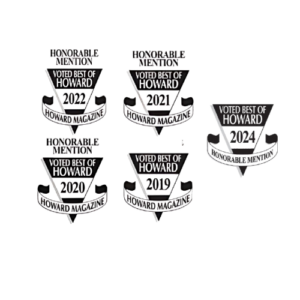The lower back bears most of the body’s weight and can be easily injured when you lift, reach, or twist. Pain in the lower back may come from the spine, back muscles, nerves, or other structures in the surrounding region. It may also radiate from problems in different regions, like the mid and upper back, a hernia in the groin, or issues in the ovaries/testicles. It may not be one action that causes pain in the back. Doing many things improperly over time, like sitting, standing, and lifting, may cause injury to your back when you do something simple like bending down to pick up a dropped pencil.
Symptoms:
- Tingling or burning sensation
- Dull aching or sharp pain
- Weakness in legs or feet
- Pain may come on gradually or abruptly
- Grating of the joint with motion
- Joint pain in rainy weather
- Joint swelling
- Limited movement
- Morning stiffness
Common Causes of Lower Back Pain
Prolonged Sitting
Prolonged sitting is the #1 worst thing for your lower back. Prolonged sitting will put a lot of pressure on your back, regardless of whether you’re sitting in a supportive or non-supportive chair. The pressure can gradually wear down your spine, causing pain. If you sit for long periods of time and you have weak muscles, everyday activities such as getting groceries out of the car can cause injury.
Stress
Stress is the worst thing for your muscles. Stress weakens the muscles and causes nervous system responses that can dehydrate the discs in your spine. Weak muscles and dehydrated discs in your spine can make you vulnerable to injury. Even small activities such as tying your shoes or bending over can cause injury.
Osteoarthritis
OA is the most common joint disorder. The cartilage (or cushioning) between bone joints wears away in this condition, leading to pain and stiffness. As the condition progresses, the cartilage dissipates and bone grinds on bone. Bony spurs usually form around the joint.
Disc Herniation
What is it? The bones (vertebrae) that form the spine in your back are cushioned by round, flat discs. When these discs are healthy, they act as shock absorbers for the spine and keep the spine flexible. If they become damaged, they may bulge abnormally or break open (rupture), in what is called a herniated or slipped disc.

